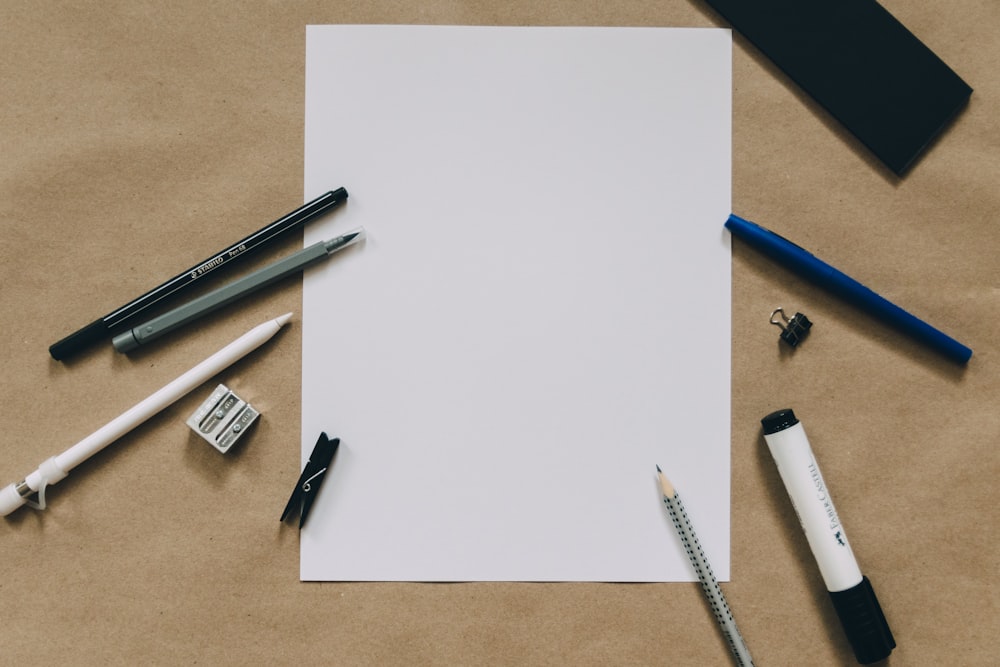
Optimizing Factory Layout for Enhanced Efficiency and Productivity
Optimizing Factory Layout for Enhanced Efficiency and Productivity
In the dynamic landscape of manufacturing, the layout of a factory plays a pivotal role in determining overall efficiency and productivity. From streamlining workflows to maximizing space utilization, a well-thought-out factory layout can significantly impact the bottom line of a business.
Strategic Placement of Workstations
The placement of workstations within a factory is a critical factor influencing the efficiency of operations. By strategically arranging workstations in a logical sequence, manufacturers can minimize unnecessary movement and reduce the time taken to complete tasks. This, in turn, enhances overall productivity.
Workflow Streamlining for Seamless Operations
Efficient workflow is the backbone of any successful manufacturing process. A well-designed factory layout ensures that the workflow is streamlined, allowing for a smooth transition from one stage of production to another. This optimization minimizes bottlenecks, reduces waiting times, and ultimately leads to increased output.
Optimal Space Utilization for Cost Savings
Effective space utilization is not just about square footage; it’s about making the most of every inch. A well-planned factory layout maximizes the use of available space, potentially reducing the need for additional square footage. This can result in substantial cost savings for businesses, as they can operate efficiently within existing facilities.
Flexibility to Adapt to Changing Needs
In today’s fast-paced business environment, adaptability is key. A factory layout that allows for easy reconfiguration and adjustments enables manufacturers to respond swiftly to changing market demands. This flexibility is essential for staying competitive and maintaining a responsive production system.
Employee Ergonomics and Well-being
The well-being of employees is a crucial consideration in any factory layout. An ergonomic design takes into account the comfort and safety of workers, reducing the risk of workplace injuries and improving overall job satisfaction. A satisfied workforce is more likely to be productive and contribute positively to the company’s success.
Integration of Technology for Smart Manufacturing
Embracing technological advancements is integral to modern manufacturing. A well-optimized factory layout accommodates the seamless integration of smart technologies, such as automation and data analytics. These technologies can enhance efficiency, minimize errors, and provide valuable insights for continuous improvement.
As industries evolve, the need for a thoughtfully designed factory layout becomes increasingly evident. It serves as the foundation for operational success, impacting everything from workflow efficiency to employee well-being. To explore further insights into factory layout optimization, you can visit Factory layout.
Continuous Improvement through Feedback Loops
Implementing a continuous improvement mindset is vital for sustained success. By establishing feedback loops within the manufacturing process, companies can identify areas for enhancement and make iterative changes to the factory layout. This iterative approach ensures that the factory remains adaptable and responsive to evolving business needs.
Collaboration between Departments for Holistic Optimization
Factory layout optimization should not be limited to the manufacturing floor alone. Collaboration between different departments, such as production, logistics, and quality control, is essential for holistic optimization. This ensures that the entire value chain is considered, leading to comprehensive improvements in overall operational efficiency.
As manufacturers navigate







